West Hartford Street Smart: LaSalle Road

Audio By Carbonatix
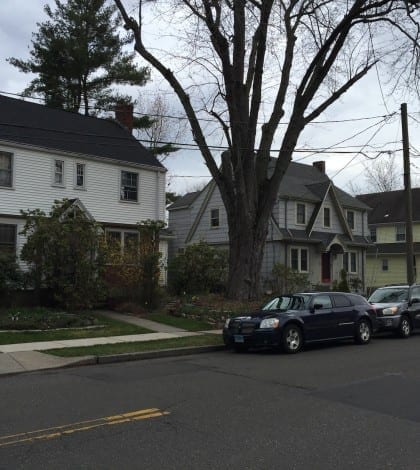
LaSalle Road’s earliest buildings, residences built in 1929 on the block between Ellsworth and Pelham Roads. (Photograph by Jennifer DiCola Matos)
‘West Hartford Street Smart,’ written by Noah Webster House & West Hartford Historical Society Executive Director Jennifer DiCola Matos, brings to life the history of many of the town’s unique streets and neighborhoods.
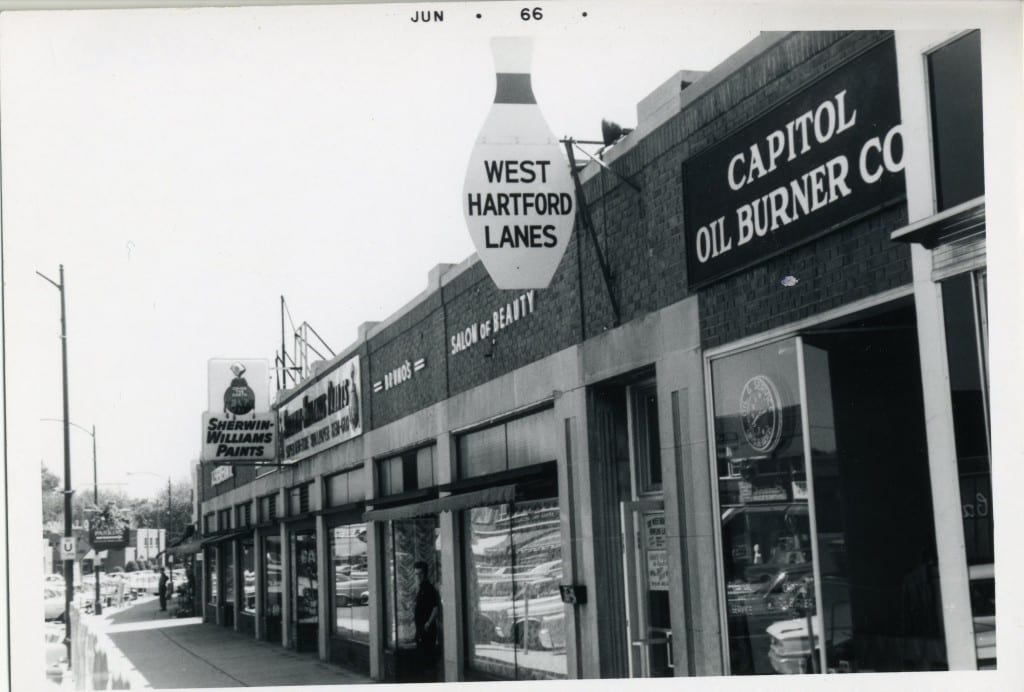
Photograph of West Hartford Lanes, located at 27 LaSalle Rd. at the present location of McLadden’s, on the basement level, ca. 1960. (Submitted by Nancy Griswold)
By Jennifer DiCola Matos
When you think of West Hartford Center, what street names come to mind? Farmington Avenue certainly, and South Main Street perhaps, but also undoubtedly, LaSalle Road. Since my last blog featured Lemay Street, named after Joseph LeMay, it’d be easy to assume that LaSalle was the name of another past West Hartford resident. But that assumption would be wrong.
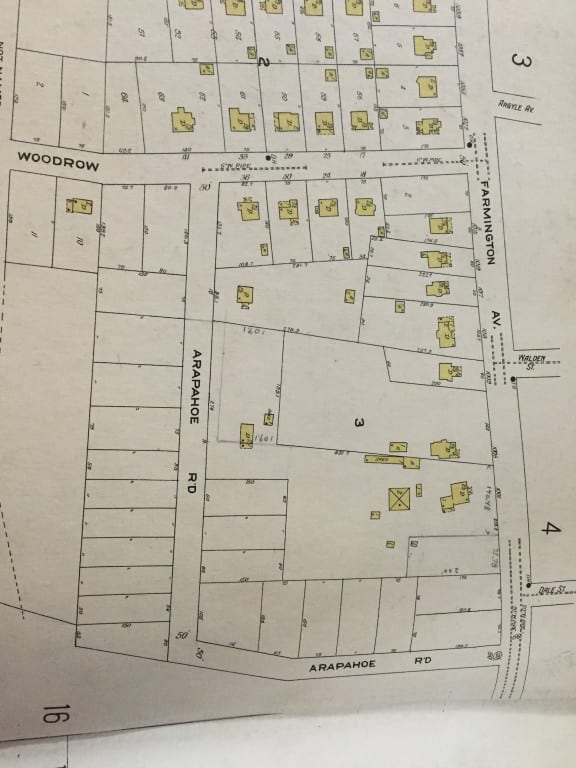
Map of West Hartford, 1926, showing two Arapahoe Roads, one the current site of LaSalle Road. (Collection of the Noah Webster House & West Hartford Historical Society)
Imagine in the not-so-distant past that there was no LaSalle Road. A browse through the museum’s archives confirmed this fact. A map of West Hartford in the Hartford City Atlas from 1926 shows not a trace of LaSalle Road. It does, however, show half a road approximately where LaSalle Road would later run, and this road was called Arapahoe.
Arapahoe, you ask? But that street runs perpendicular to LaSalle. And it does – both then and today. In 1926, Arapahoe Road ran south from its head at Farmington Avenue where LaSalle Road is today, and then made a ninety-degree turn after about a block and continued one block west toward Woodrow Street. This stretch of street squared off a large parcel of land originally owned by Seth Papeiro Griswold (1850-1926), whose homestead was located at 1001 Farmington Ave.
Seth P. Griswold operated a livery stable from his homestead, ideally situated on a knoll alongside the oft-traveled Farmington Avenue. He owned a substantial piece of land with hayfields and two large barns that afforded the opportunity to also sell loose hay, straw and wood. Griswold and his wife Emily Webster Barbar (a descendant of Noah Webster’s family) had four children. Only two children survived to adulthood: son Allen Seth (1878-1958) and daughter Florence Louise (1885-1975). Allen Seth inherited the family property upon the father’s death.
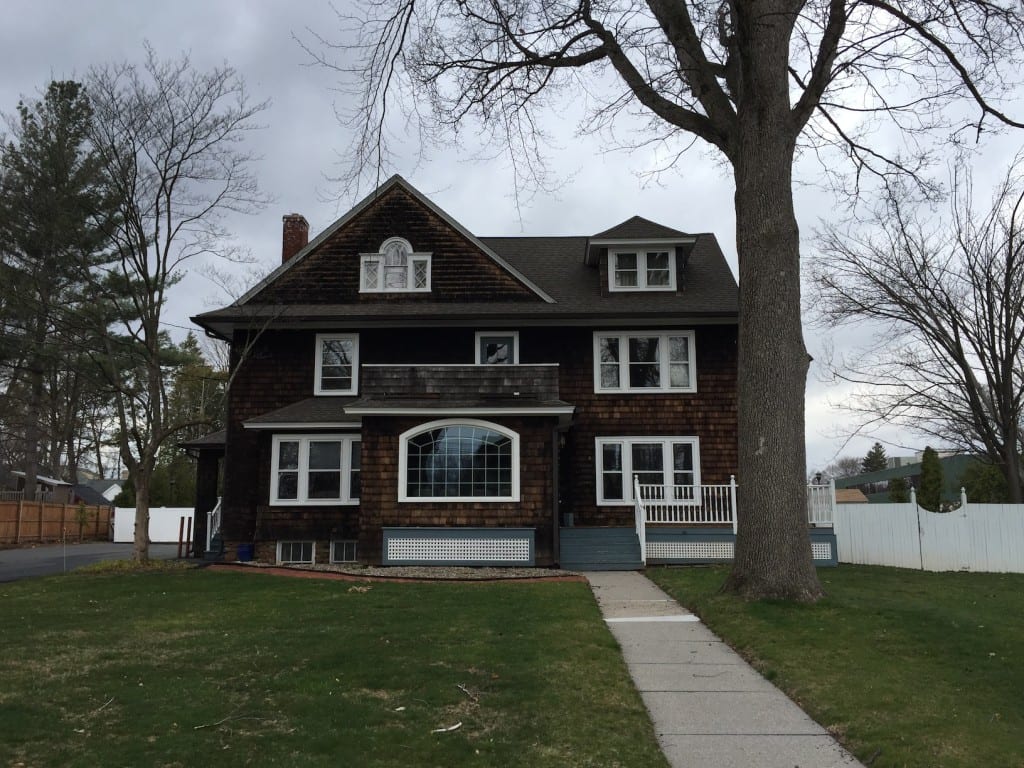
24 Arapahoe Rd., the house built and lived in by Allen Seth Griswold. (Photograph by Jennifer DiCola Matos)
Allen Seth Griswold was an architect and builder. He built and lived in the house at 24 Arapahoe Rd. (today, Eagan & Donohue Law Firm) with his wife Alice and their six children (and later, when Alice died young of an illness, with his second wife Myra Blackington, who had taken over domestic duties as the Griswold’s housekeeper after Alice’s death).
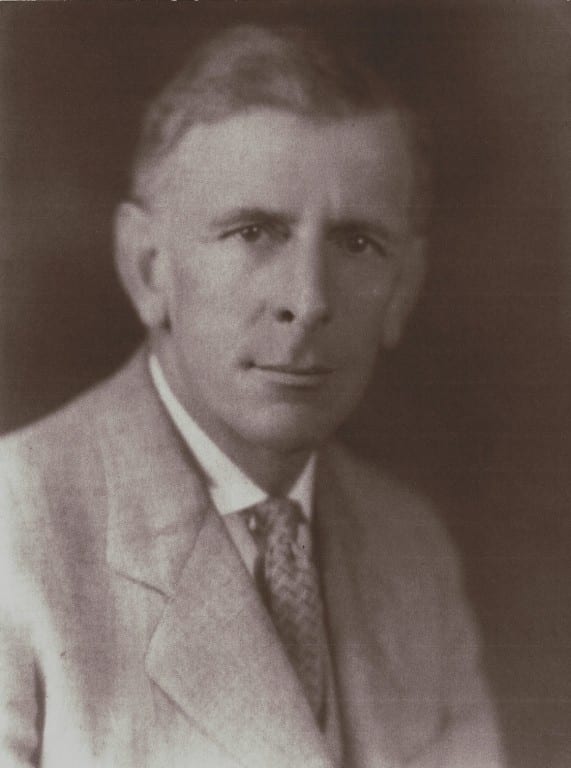
Photograph of Allen Seth Griswold. (Submitted by Nancy Griswold)
Allen Seth, upon his inheritance in 1926, began a new career as a successful businessman and developer. It was he who renamed that stretch of Arapahoe Road that ran south from Farmington Avenue to “LaSalle Road” and added to its length two additional blocks before it ended at Pelham Road.
The first development on LaSalle Road actually began with the residences built on the southern block between Ellsworth and Pelham Roads. The houses at 150, 153, 154 and 162 LaSalle Road were all completed in 1929; the last house – 146 – was finished just a year later. And the business buildings so identified with LaSalle Road today came shortly thereafter.
The first two buildings on the block between Farmington Avenue and Arapahoe Road were 25 LaSalle Rd. (today, the site of Charles Schwab, McLadden’s, Avert, and Central Optica) and 34 LaSalle Rd. (today, the site of Coldwell Banker and Shish Kebab House), both built in 1931.
The next building – 12 LaSalle Rd., which today houses businesses like Bridgewater Chocolate and Penzeys Spices – went up in 1939 followed by 21 LaSalle Rd. (the building that contains Starbucks and Murasaki) in 1940.
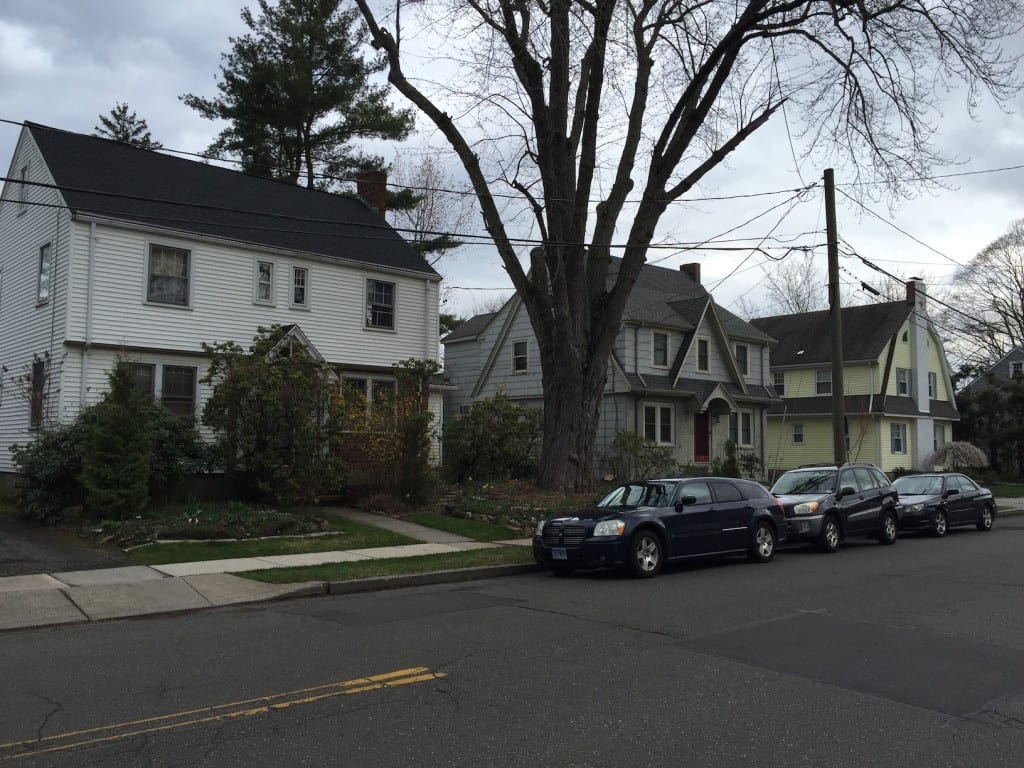
LaSalle Road’s earliest buildings, residences built in 1929 on the block between Ellsworth and Pelham Roads. (Photograph by Jennifer DiCola Matos)
A variety of businesses filled the new buildings on LaSalle Road including groceries like LaSalle Market and A&P, the fabric store S.P. Dunn & Co., Plimpton’s and Bennett’s on either side of the Farmington Avenue corner, and other shops selling such various goods as art frames, toys, furs, and oil.
Although West Hartford residents did not seem to mind the development of new businesses where there once had been hayfields, they did mind the parking. Allen Seth, realizing that his new LaSalle Road was too narrow to accommodate parking, suggested widening the road and adding diagonal parking spots for on-street parking. This suggestion made the Griswold children a laughing stock at school. According to family stories, Allen Seth’s six children were constantly teased by their classmates for their father’s crazy idea. But as the diagonal parking system is still used today, we know who got the last laugh!
One of Allen Seth’s children, Bradford Griswold, helped with the family business by serving as the “landlord” of the LaSalle business buildings that his father owned (mainly on the west side of LaSalle Road). He collected the rents and did general maintenance on the buildings (fixing gutters, roofs, etc.). Bradford later became the owner of LaSalle Road’s West Hartford Lanes (located in the basement level of today’s McLadden’s) and is credited with transforming the erstwhile “dive” into a popular, family-friendly bowling alley.
So why wasn’t LaSalle Road called “Griswold” for its owner? According to his grandchildren, Allen Seth Griswold decided to name the new street after his favorite car.
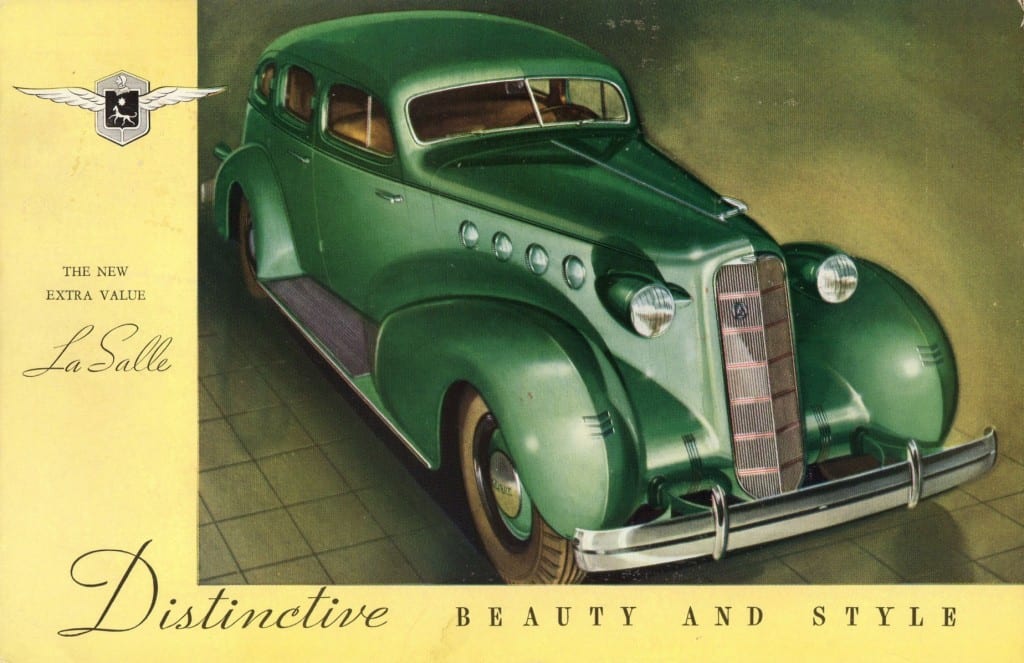
Advertisement for General Motors’ LaSalle Automobile, 1935 (Submitted by Jennifer DiCola Matos)
As the street was being developed, a new line of automobiles began to be produced by General Motors to offer a more affordable version of the Cadillac. As the second-most prestigious General Motors line, “LaSalle” automobiles were produced by Cadillac, offering the beauty of the brand for a fraction of the cost. General Motors chose the name “LaSalle” in honor of the French Explorer Rene-Robert Cavelier Sieur de La Salle. Both Allen Seth and his sister Florence Louise drove LaSalles, and can’t you just see one of these beauties filling a diagonal parking spot on LaSalle Road?
A special thanks to Nancy Griswold, Allen Griswold, Sheila Daley, and Abigail Perkins for their assistance with this story.
Jennifer DiCola Matos is the Executive Director of the Noah Webster House & West Hartford Historical Society. Her new series “West Hartford Street Smart” pays tribute to the Town’s rich and colorful past. If you have information about the history of West Hartford’s streets, please email her at[email protected].
The Noah Webster House & West Hartford Historical Society is a cultural destination where citizens can learn to understand and appreciate the past. The museum preserves the birthplace of Noah Webster, the founding father, educator, author, and lexicographer who taught generations of Americans what it means to be American. This National Historic Landmark is also a repository for the history of West Hartford, the community that molded Noah Webster’s future, and is still thriving over 250 years later. The historic house and exhibit spaces are open daily 1 p.m. until 4 p.m. For information on the museum’s extensive school and public programs, please visit www.noahwebsterhouse.org, call (860) 521-5362, or follow the museum on Facebook and Instagram (NoahWebsterHouse) and Twitter (@NoahWebHouse).
Like what you see here? Click here to subscribe to We-Ha’s newsletter so you’ll always be in the know about what’s happening in West Hartford!


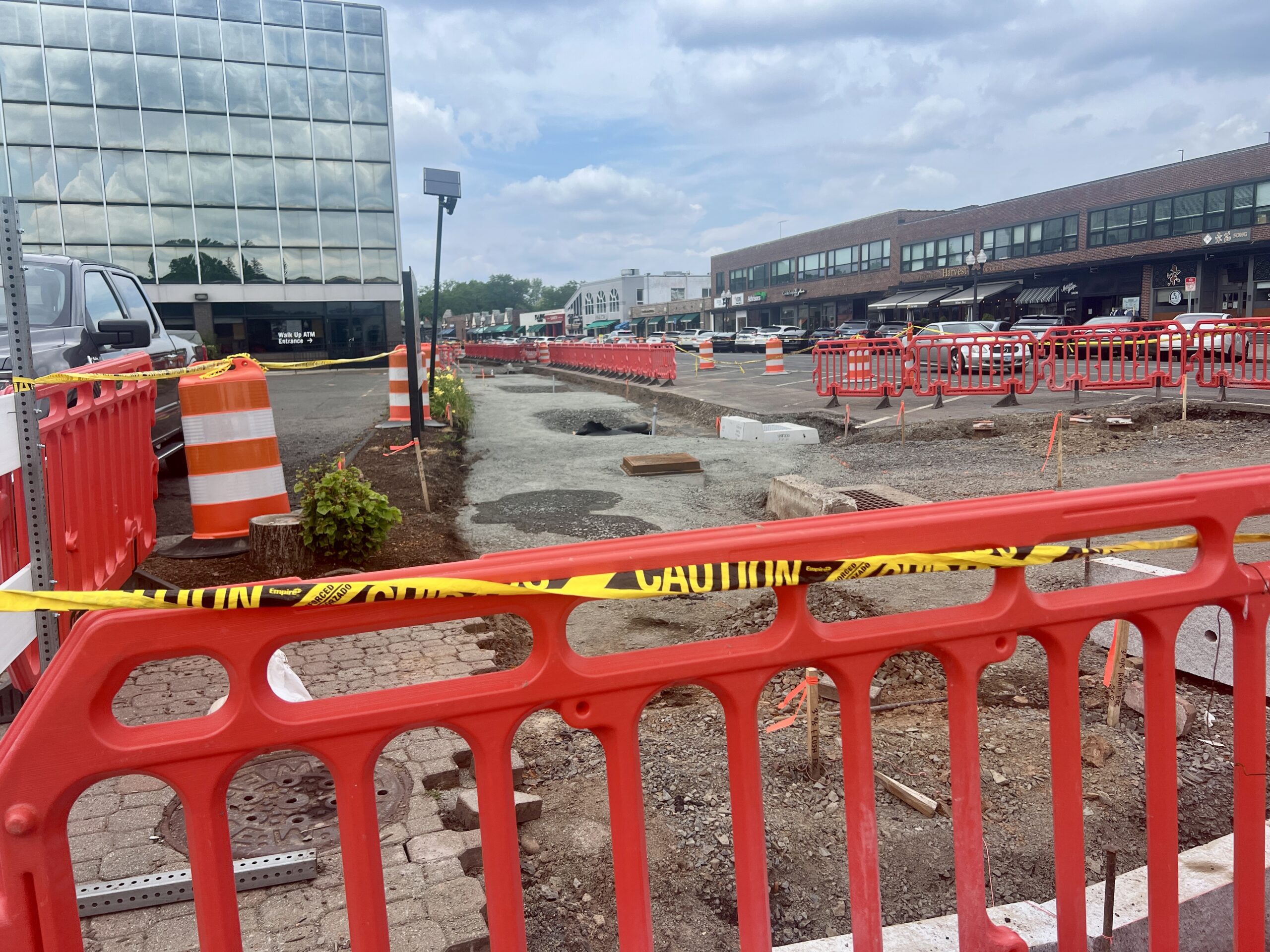
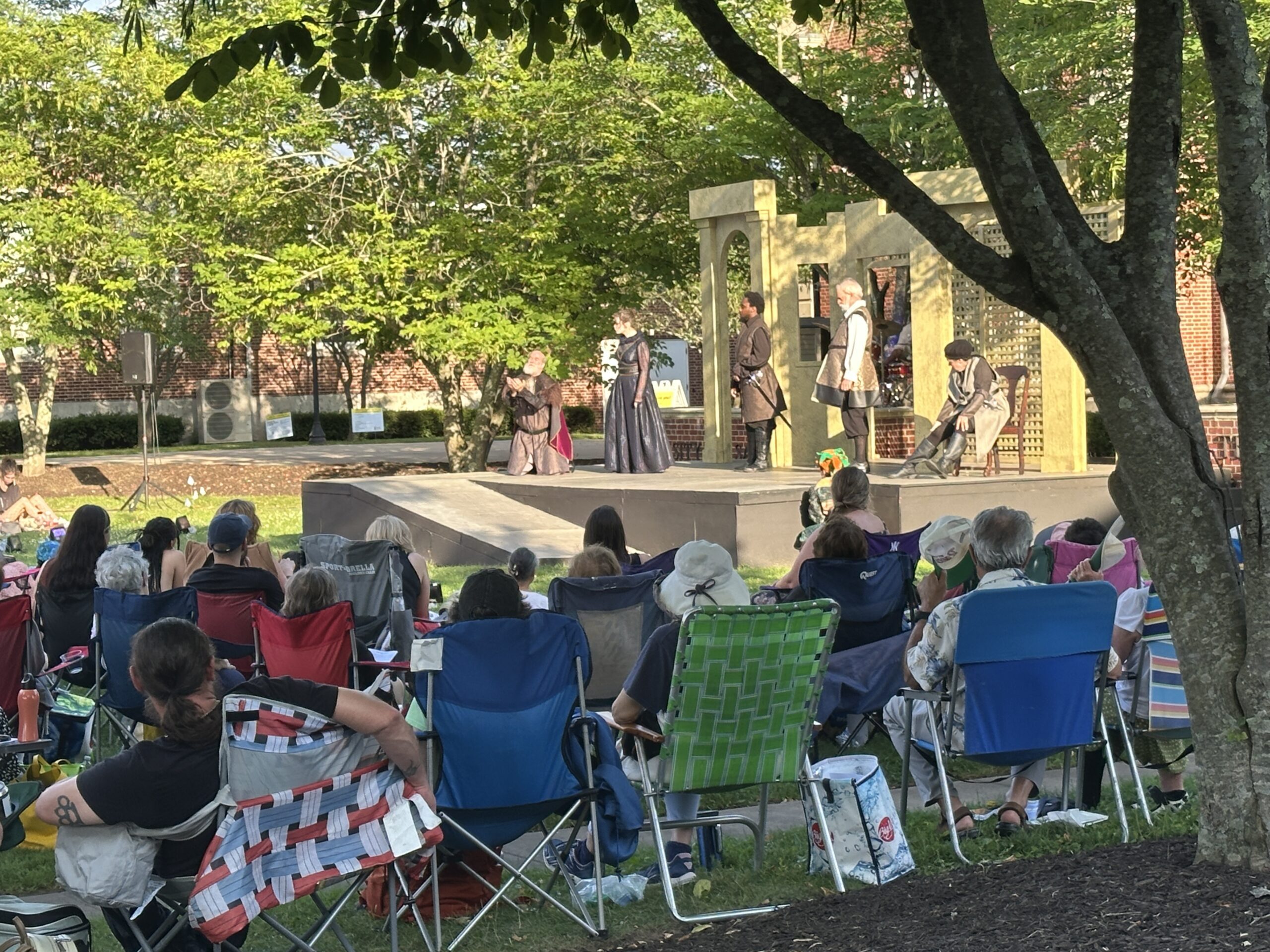
I believe the Griswold house on Arapaho was originally on Farmington and “rolled” to it’s present location in the 1980s when the bank was built, across from Walden. My kids were amazed!